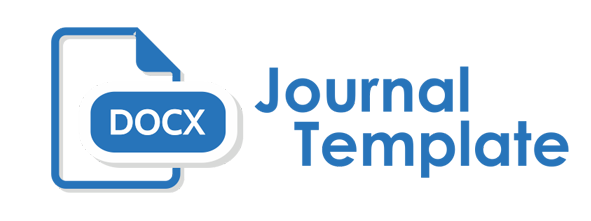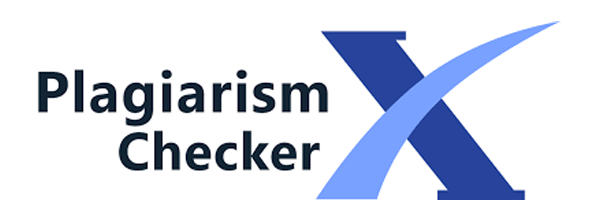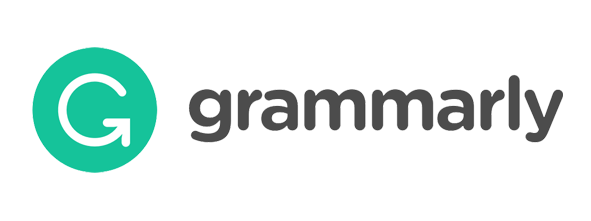Implementation in Improving Mathematics Learning Outcomes of the Elementary School Students Using Make a Match Cooperative Learning Model
DOI:
https://doi.org/10.51178/ce.v5i1.1808Keywords:
Math Learning Outcomes, Learning Model, Make A Match CooperativeAbstract
This study employs a qualitative methodology with a descriptive approach to examine the mathematics learning outcomes of elementary school students utilizing the Make a Match cooperative learning model. The participants include fifth-grade students from class VB and their homeroom teacher at the elementary school under investigation. Qualitative data collection involves direct observation and analysis conducted on-site. Data were gathered through observations and interviews with fifth-grade teachers at SD Negeri 55 Palembang, utilizing both primary and secondary sources. The secondary data encompassed various aspects related to the research focus, such as educational facilities, infrastructure, student enrollment, among others, obtained through document analysis. However, secondary data were not utilized in this research. Data collection methods encompassed observation, interviews, and documentation. To ensure data validity, a two-stage process involving observation protocols and alternative data validity analysis techniques was implemented. Data analysis techniques included data reduction, presentation, and drawing conclusions. The findings, based on observations and interviews conducted on Monday, January 15, 2024, at SD Negeri 55 Palembang with class VB students, revealed a notable issue: a lack of implementation of the Make a Match cooperative learning model by teachers. The study highlights the significant impact of this cooperative learning model on student learning outcomes, emphasizing its potential for fostering positive student engagement, motivation, and direction within the learning process.
Downloads
Published
How to Cite
Issue
Section
License
Copyright (c) 2024 Yusni Arni, Anggri Putri, Siti Marlina, Siti Tiara Tantri

This work is licensed under a Creative Commons Attribution 4.0 International License.
















